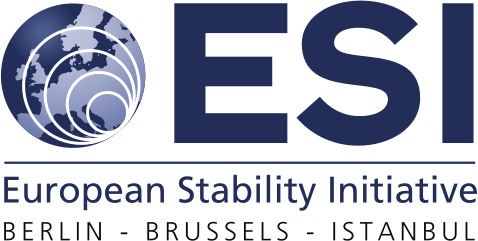Noah's Dove Returns – Armenia, Turkey and the Debate on Genocide
Dear friends of ESI,
No single topic poisons relations between Turks and Armenians more than the 1915 destruction of the Armenian communities of Anatolia, and the question of whether it constituted genocide. This is also the topic of the latest ESI Report: Noah's Dove Returns – Armenia, Turkey and the Debate on Genocide.
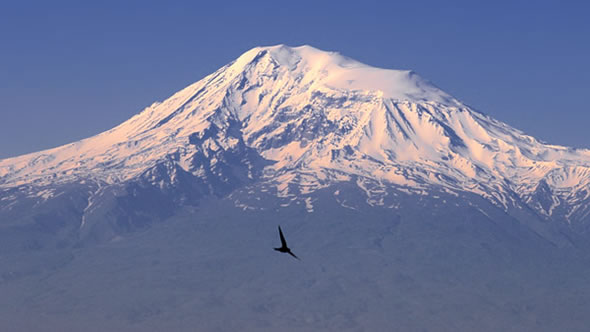 |
|
Mount Ararat |
For Turkey, the fight against genocide recognition on the international stage has been a central goal of foreign policy for many decades. For Armenians, the genocide and the resulting loss of a traditional homeland is a defining element of their national identity.
Since 2000 Turkish civil society has begun to look at the history of Ottoman Armenians in a new light, in the process breaking numerous taboos. Over the same period, Turkey's foreign policy has evolved dramatically. Under the motto "zero problems with neighbours", the current Turkish government has moved to resolve a series of long-running disputes, cementing Turkey's position as a strategic player on the regional and international stage. More in the latest ESI Picture Story: Turkish foreign policy: from status quo to soft power.
So far, however, Armenia has remained a blind spot in this vision. At present, the two countries have no diplomatic relations. The border between them remains closed.
A battle Turkey cannot win
Turkey continues to invest considerable political capital in resisting international recognition of the Armenian genocide. As our report argues, this is a battle that Turkey cannot win.
Resolutions commemorating the 1915 genocide have now been passed by more than 20 countries, including many of Turkey's close allies. With the new US President and most of the senior figures in his administration on record recognising the Armenian genocide, it seems only a matter of time before the US follows suit. However, contrary to the fears of many Turks, this is not a sign of growing anti-Turkish sentiment or of the lobbying power of the Armenian diaspora.
More than anything, the growing tide of recognition reflects an evolving understanding of genocide among scholars and legal experts. There are hardly any reputable scholars in the field of genocide studies who doubt that what happened to the Armenians in 1915 constitutes genocide. However, it is also clear that modern-day Turkey is not legally responsible for genocidal acts committed nearly a century ago, and that acknowledging the genocide would not bring into question the established Turkish-Armenian border. Recognition of historical genocides predating the 1948 Convention – as Germany did in 2004 concering the genocide it committed against the Herero in Namibia in 1904 – have been largely symbolic acts, without any of the dire consequences feared by Turks.
The Fading Dream of Greater Armenia
But it is not only among Turks that intense debates and new thinking is required for this relationship to develop. For decades, anti-Turkish sentiment and dreams of a Greater Armenia have been unifying themes among many Armenians, both in the republic and the diaspora. Armenians also face a choice: either to treat Turkey as an eternal enemy, or to re-engage with its western neighbour in the hope of one day sharing a border with the European Union. For this Armenians must accept that recognition of the genocide will never pave the way for challenging a territorial settlement that has stood for nearly a century.
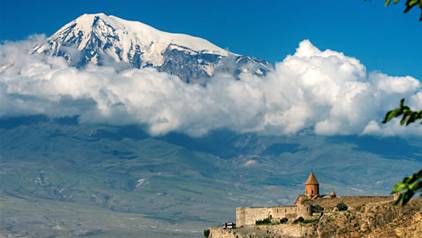 |
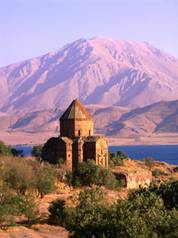 |
|
Khor Virap Monastery and Mount Ararat |
Holy Cross Church on Akdamar Island in Van |
The light of Ararat
In the course of our research, we came across one of the most eloquent expressions of hope that the future will be radically different from a tragic past in the house of an impoverished family living on the Turkish-Armenian border in a village called Lusarat (the light of Ararat):
"In Soviet times I worked at a factory. It was wonderful. We had free education and health care and I had a steady job. There are no factories now. I have been sitting around doing almost nothing for six months. I have land that I work in season. But I cannot do much with my land because I don't have any capital to invest in machines. If I borrowed money, I probably could not pay it back – and then I would lose my land to the bank. So I don't take that risk.
Gas, electricity and water are getting more and more expensive. Food is much cheaper here than in Yerevan, but we still cannot afford it. Cash is hard to come by. Without my relatives sending us money from abroad, we could not live. I have a brother in Western Europe. My eldest son is studying to be a dentist. My younger son is in school.
Life would have been much better if there hadn't been the Karabagh problem. For years after the war, we suffered. There were Azeris living in this village, around 500 of them, we lived well together. Now there are around 1,100 Armenians here in total. When the conflict hit our village, the Azeris were forced to flee. One was very sick and could not leave. He came to my doorstep. I took him in. My house was surrounded. They said I should not help him. I took him to the hospital, they turned him back. He died in my house. I had seen the Muslim rituals after death. I washed him. I called my friend, a priest. We buried him, abiding as much as we could to Muslim practices."
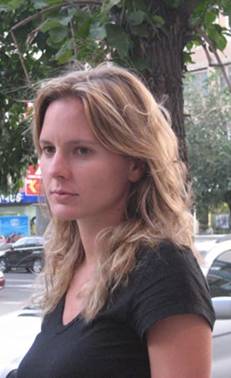 |
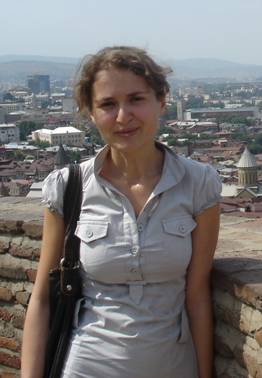 |
|
Nigar Goksel, ESI senior analyst in Yerevan |
Besa Shahini, ESI senior analyst in Tbilisi |
ESI in the Caucasus
Over the last two years a multiethnic ESI research team has been working in the Southern Caucasus, in Armenia, Georgia and Azerbaijan, led by ESI senior analyst Nigar Goksel.
In coming months there will be a lot more information and analysis on the Caucasus on our website, including our next upcoming report on Georgia and Europe.
Many best wishes, and looking forward to your comments,

Gerald Knaus
